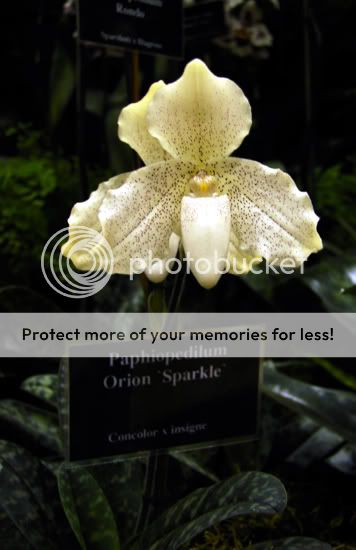I guess that pretty much sums who the smuggler is?
There was so much trouble already about that new species that really no one touched those plants... The plants were to be exported by Arias himself, I even got a handwritten fax at that time to offer those phrags new species with big pink flower.
Some years later, another very famous Ecuador nursery went to Vaucelles show in France, and offered to some hobbyists kovachii cultivated for EUR 120/growth. The South American sellers quite frequently have some for sale on preorder, but that's all. No local professionnal in Europe would stock something like that right now.
blooming size kovachii for US$50!?!?!?!?!

I would say we are still a few
years away from legitimate mature kovachii for that price in America. The world just isn't fair.
The locals sells them for US$3-5 wholesale.
That's a funny thing about kovachii. Apart from a quite large batch in Taiwan, and some 50-100 plants here and there in Japan and the USA, no one ever dared to stock that species, except in Peru and Ecuador, where huge stocks still are available, precultivated. Most of the plants ended up dying without sales. But one has to remember first many were used for pot plant locally, and second, they cost nothing to the collectors, so they still collected big quantity just in case, and to have stock, shall a customer come tomorrow.
I see already some not too clever people that wil ltell that anyway, if the collectors did not sell, they would not collect again. Wrong. They sell the plants with the beautiful bloom for pot-plant to the local customers, they are still to be seen on some markets. Just the foreigners do not have access, and have to pay extortion price to get small crappy seedlings in flask. That's why Arias as well did not try to sell that much the wild plants before ( I guess he will sell a lot of divisions from his stocks, but I do not have anythin against, technically...). Stupid foreigners would pay 30$/seedling ! Can you believe it ?:drool::drool::drool::drool:
It is funny to note that hangianum as an example did not make that much fuss when discovered and many people stored wild collected plants.
I discovered that in Viet Nam. We think that people will have ' commercial lessons', because we are in USA or Europe, with specific thinkings.
The countryside people from all around the world will think,
"OK I did not sell that item for the last 1 year. But IF someone comes, I cannot catch his money for that item, so I MUST have stock available."
I have seen this with helenae, except for the pot-plant trade, where the boxes go straight through 2 suppliers. All the others nurseries will stock few thousands plants all the time, that die in a month or two, because "IF" someone comes and "IF" someones wants to buy, they do not have that item in stock, therefore cannot catch the money of that "someone".
The rules are completely different. The educated people will think that an item that is unsaleable is not worth stocking, others will stock it in case. They hate not to be able to take all the money from the customer... and if they do not have the stock, they cannot take that wonderful, shiny, money !
That's why as well they still collect delenatii by the thousands as fast, and as many as they can. This morning, the rate at the "stock countryside market" for delenatii is 1000$/500kg. There is nearly no market, but when a customer wants to get 500 kg ( maybe 10 people in Dalat have about 2-3 tons right now available, each of them !), one of the sellers will make 1000$... That's the way they think. Most delenatii end up composted in the field actually, but some still make a little bit of money. I had the same experience in several others countries, and that's what happens to kovachii. Some locals collect and store "just in case"... When they die after a month, they collect more, because maybe big bucks come tomorrow, "just in case"





 Is that a normal price?
Is that a normal price?
















































